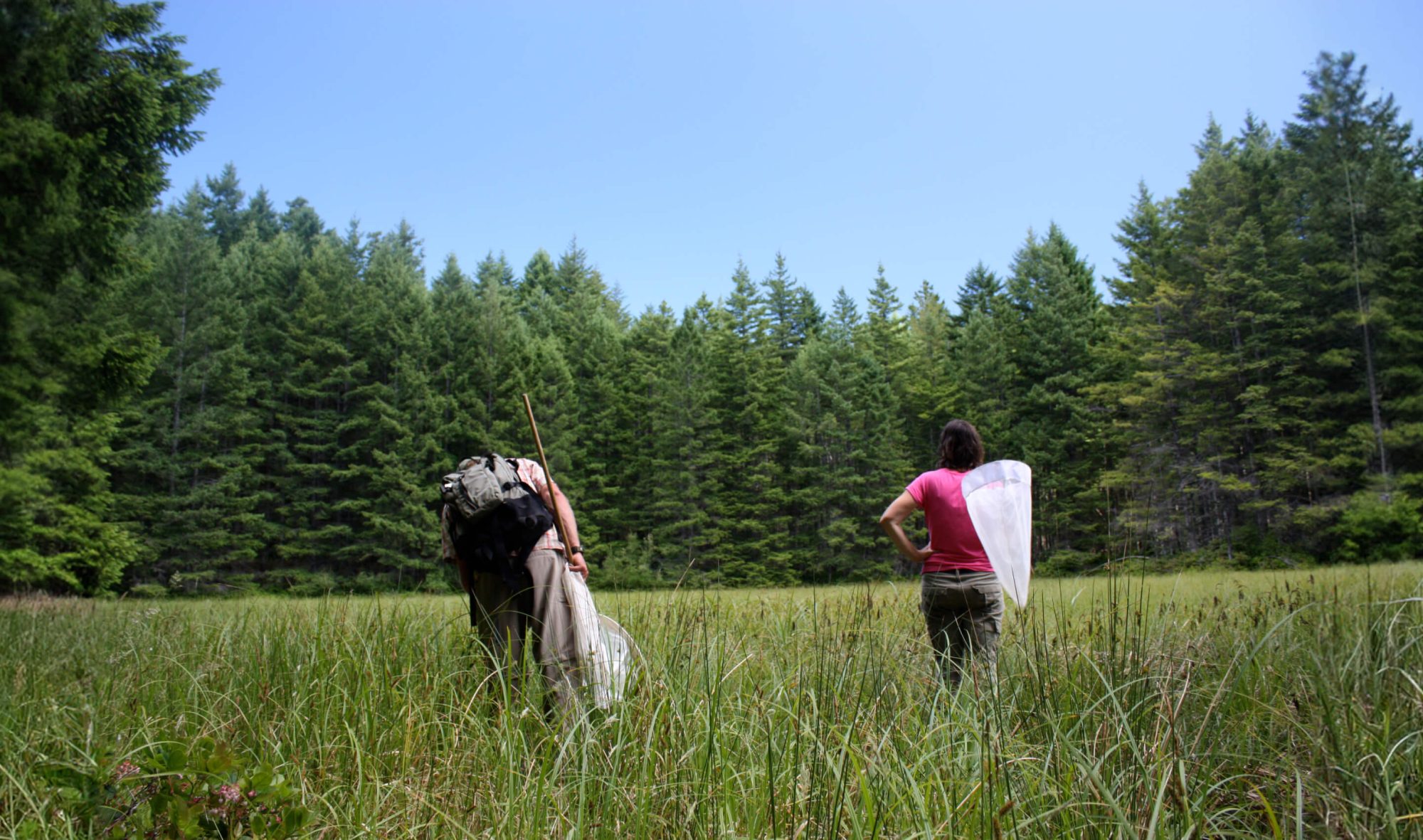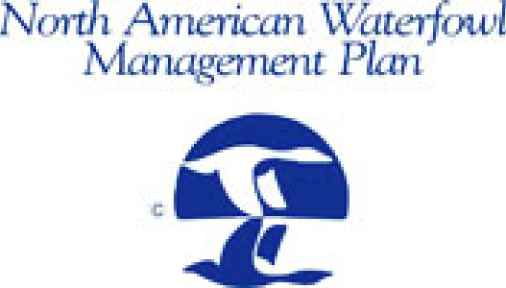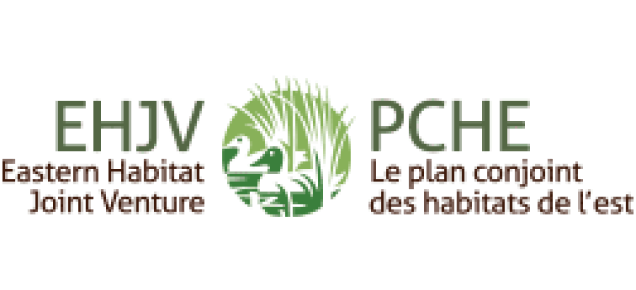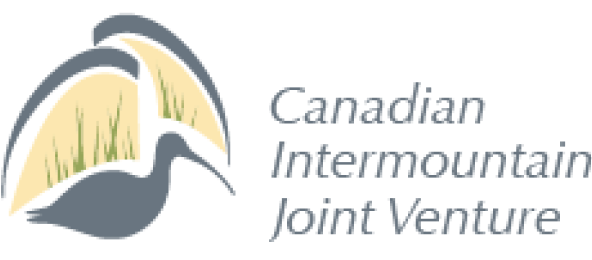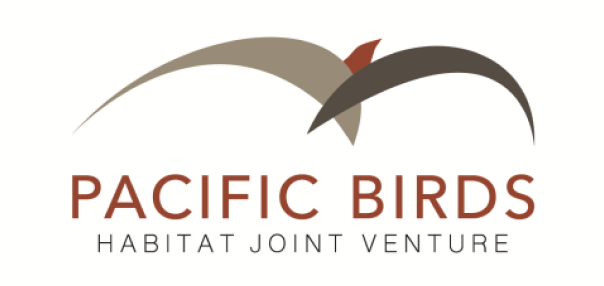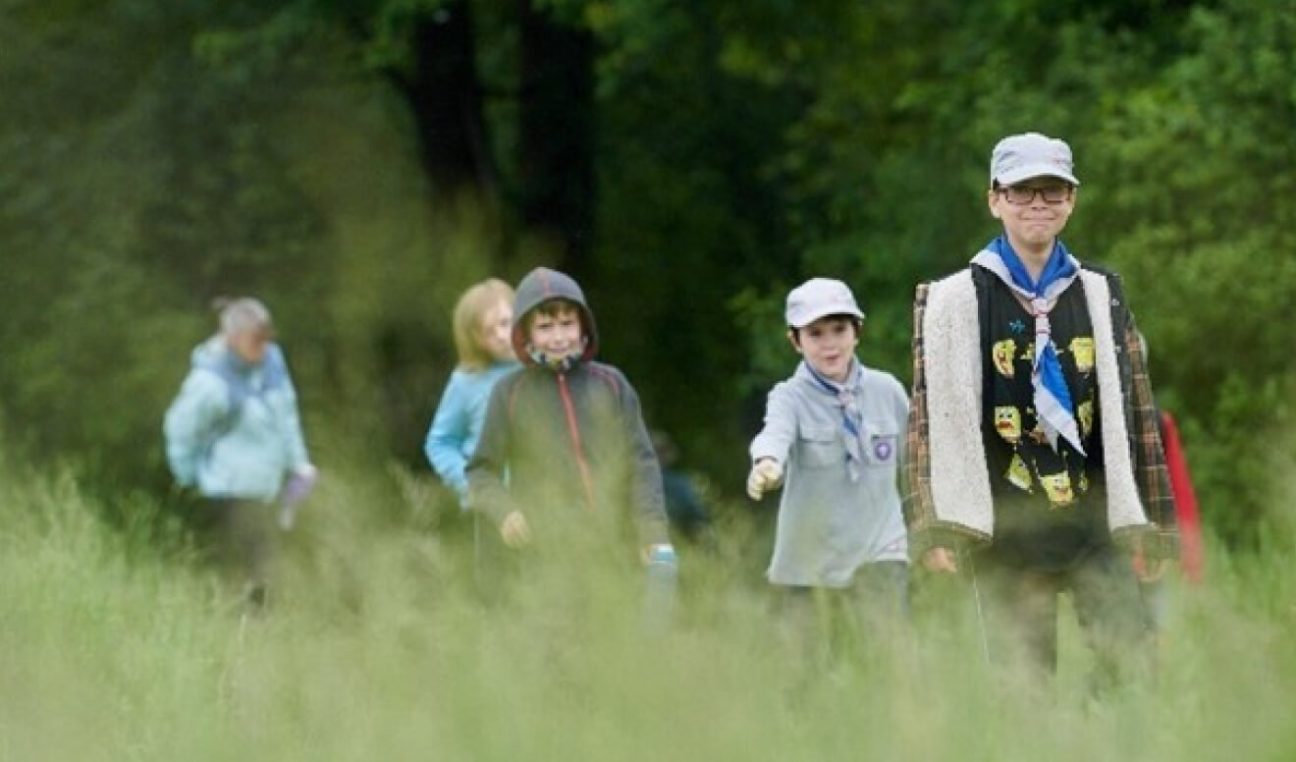
Photo by Salt Nashwaak Watershed Association Inc
Our Mandate
We support conservation initiatives for wildlife and their habitats. Our grant program has been providing funds that support habitat restoration, enhancement and protection all over Canada since 1985.
We are members of the North American Waterfowl Management Plan and strive to improve and enhance the state of migratory birds and their habitats in Canada.
As members of various international and national conservation committees and councils, our aim is to impact the decisions that directly affect biodiversity in wildlife and habitats as part of the solutions to climate change.
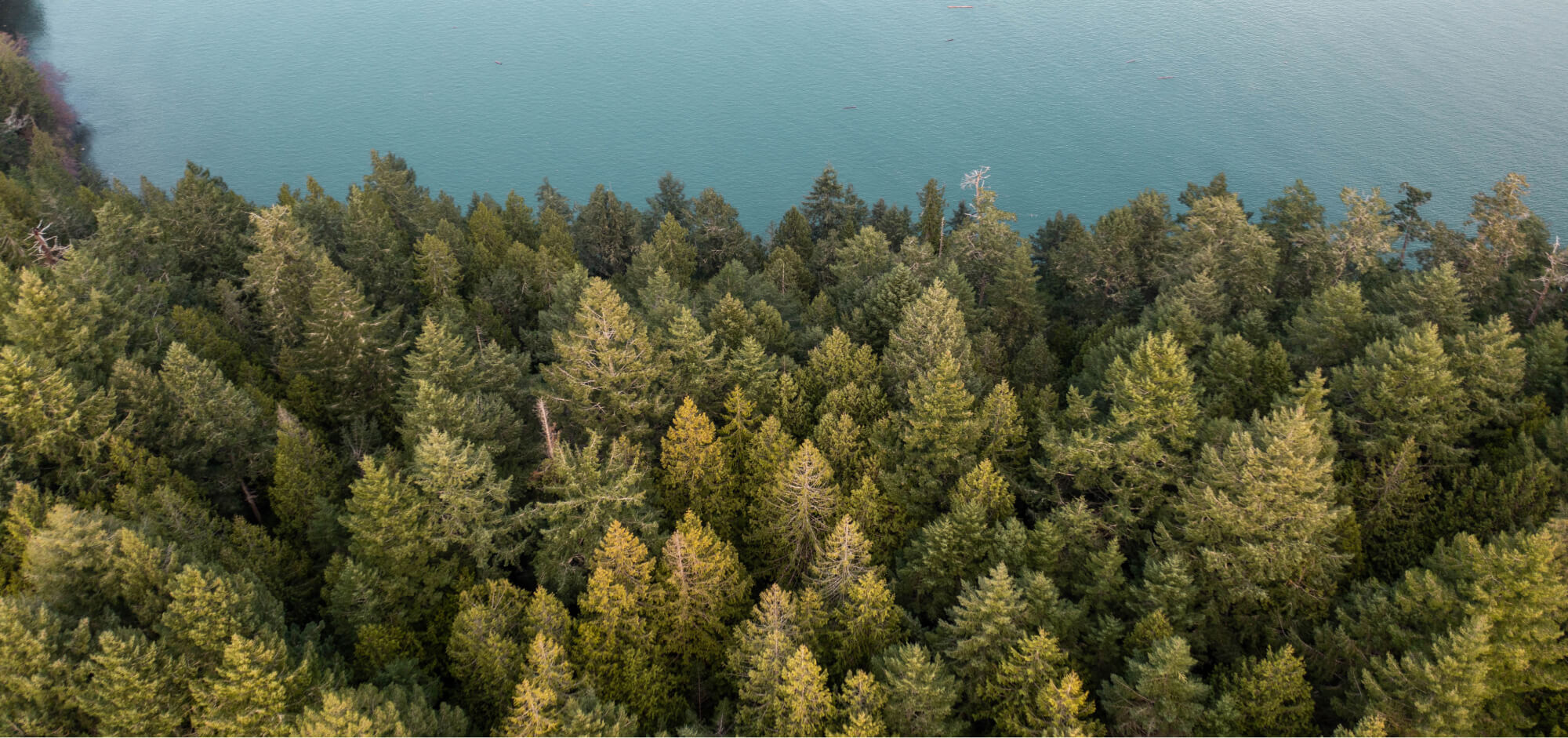
Projects In Action
Our mandate is to provide financial assistance to conservation projects and initiatives related to waterfowl and migratory birds’ management
The Wildlife Habitat Canada Stamp Grant program has funded:
Funded Projects
Northwest Territories
There are currently no Wildlife Habitat Canada grants for conservation projects in this territory.
Yukon
There are currently no Wildlife Habitat Canada grants for conservation projects in this territory.
Our Grant Programs
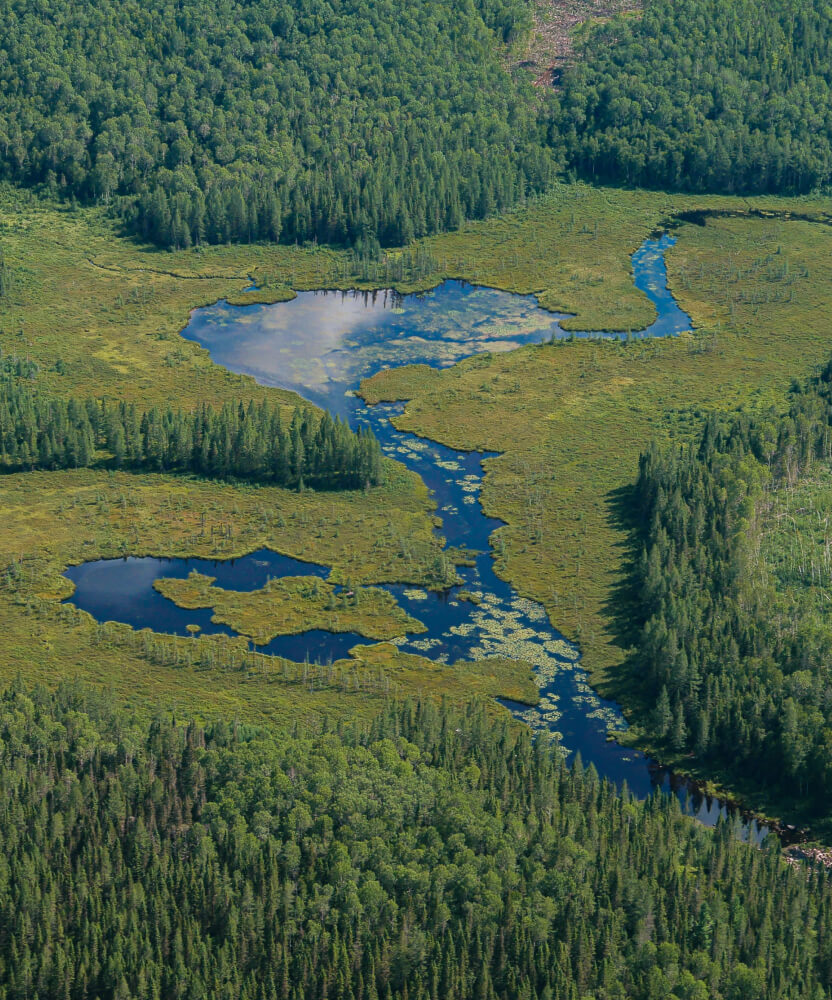
Canadian Wildlife Habitat Conservation Stamp Program
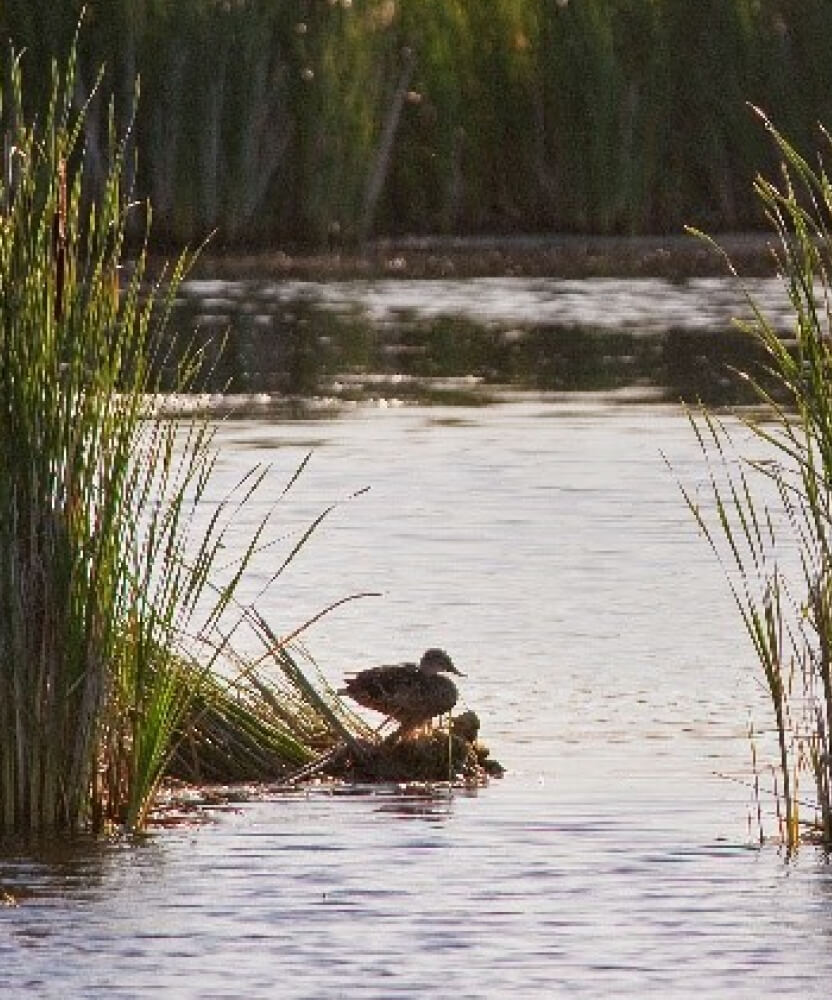
Natural Heritage Conservation Plan - Land Trusts Conservation Fund (NHCP-LTCF)
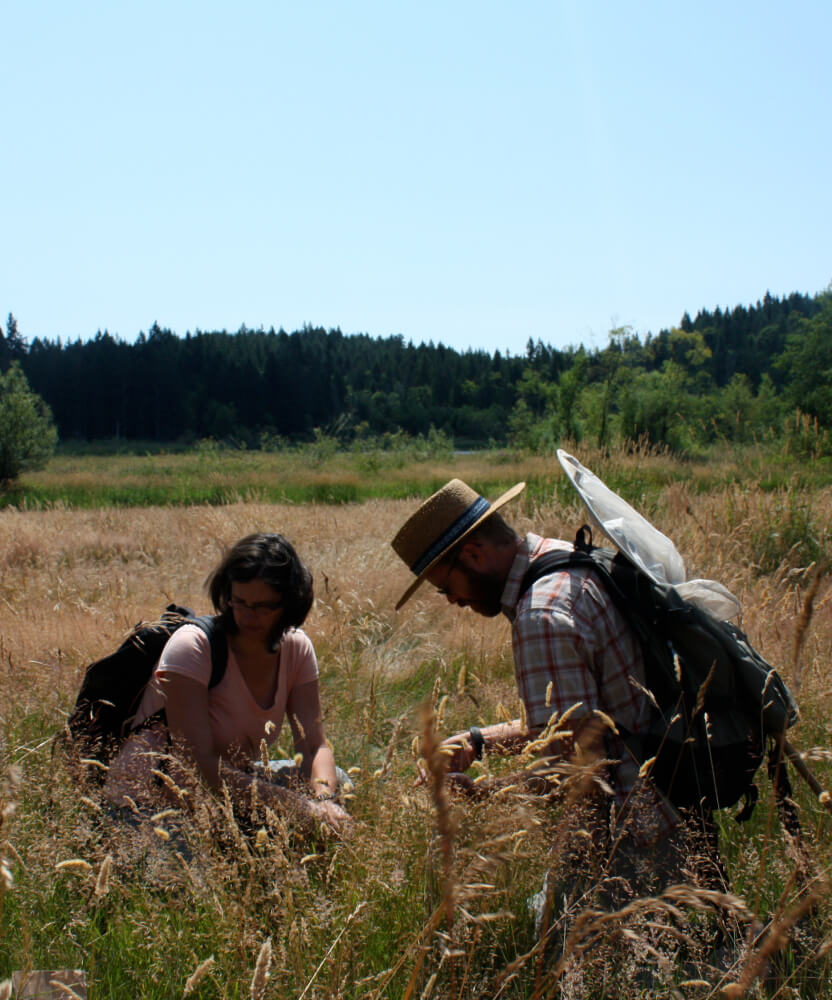
Community Conservation Action Program
The Stamp
We create a bridge between Canadian Wildlife Art, waterfowl hunting and important conservation issues.
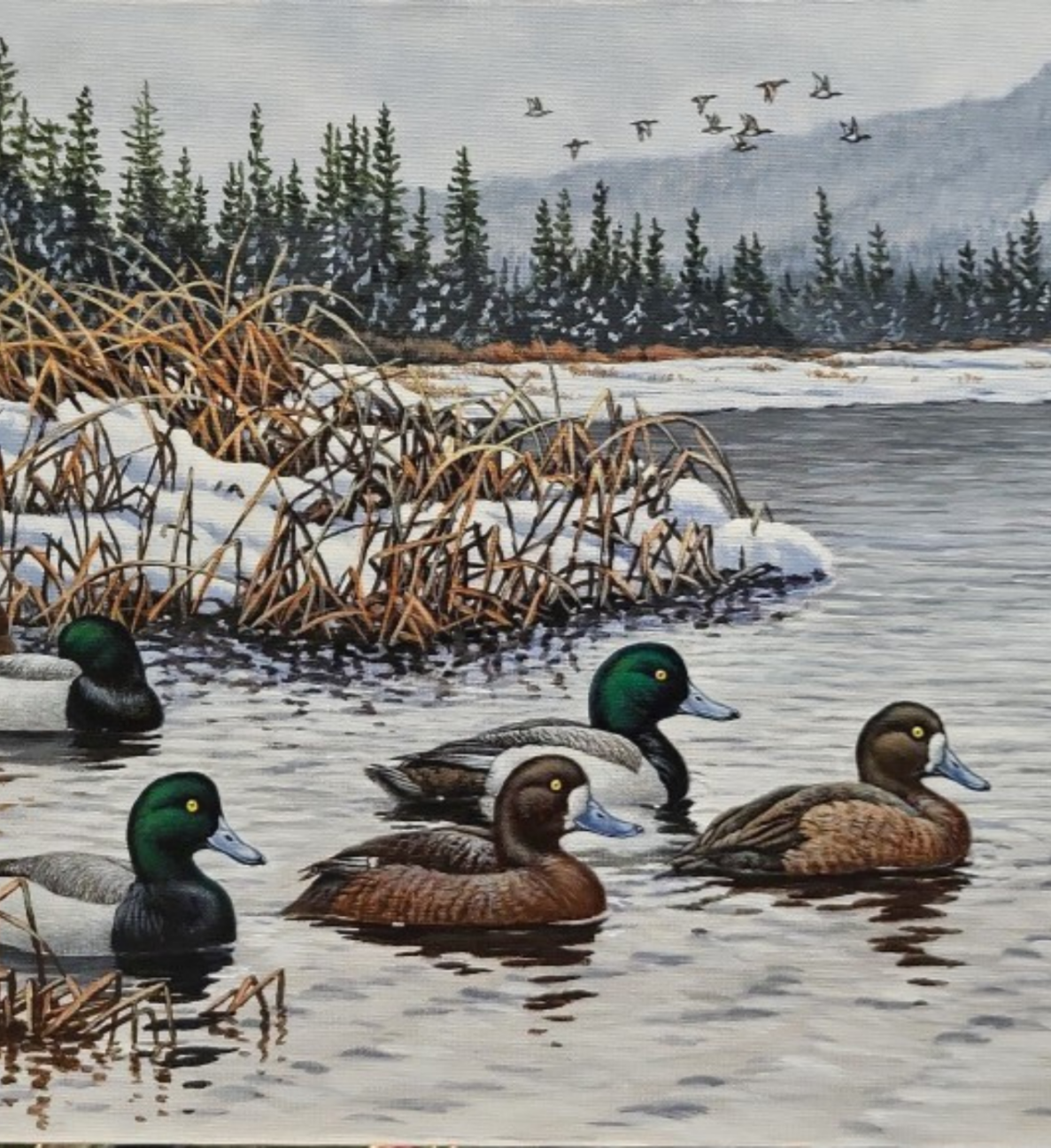
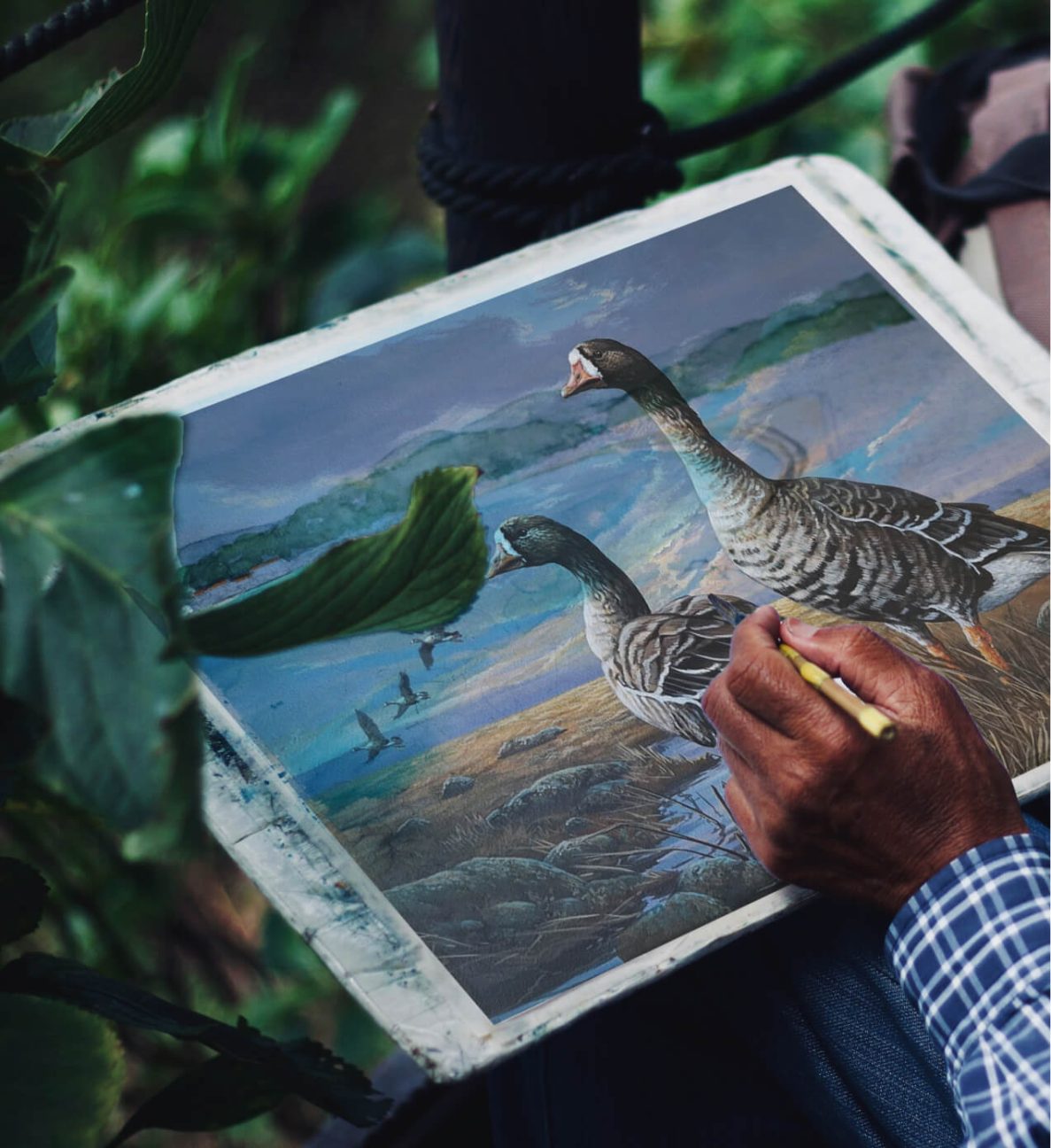
Get Your Canadian Wildlife Habitat Conservation Stamp today!

A Partnership in Conservation
Waterfowl hunters are among the most active conservationists in Canada.
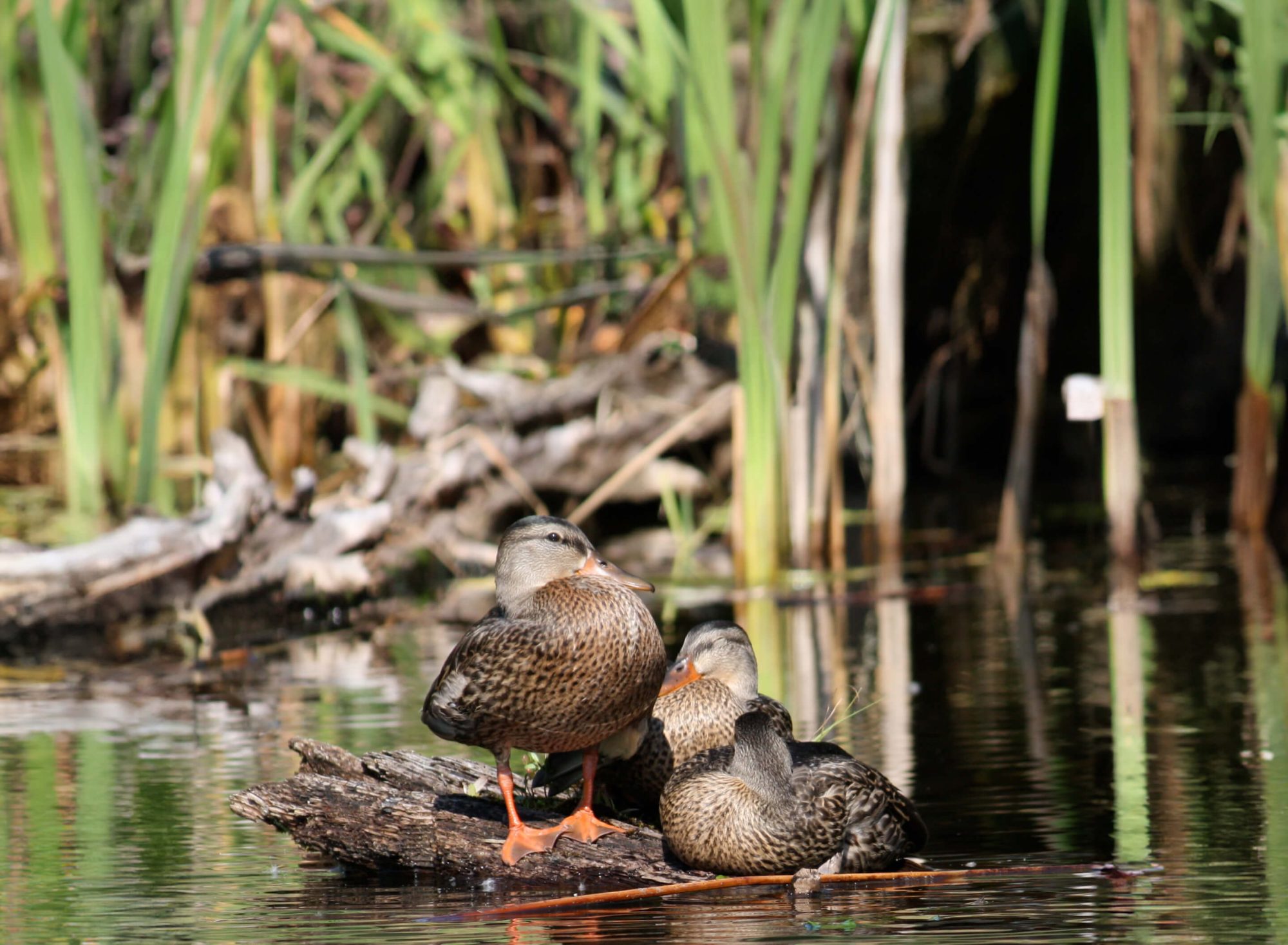
Featured Report
Wildlife Values Report
In 2020, Colorado State University, with the support of a team of international investigators, embarked on a research initiative leading a global assessment of peoples’ values toward wildlife – the Global Wildlife Values effort. Data was collected via online surveys administered in 9 provinces in 2021. The Canadian Wildlife Values Report is a cumulative presentation of the research findings, produced in collaboration by Colorado State University, the Canadian Wildlife Directors Committee and Wildlife Habitat Canada.


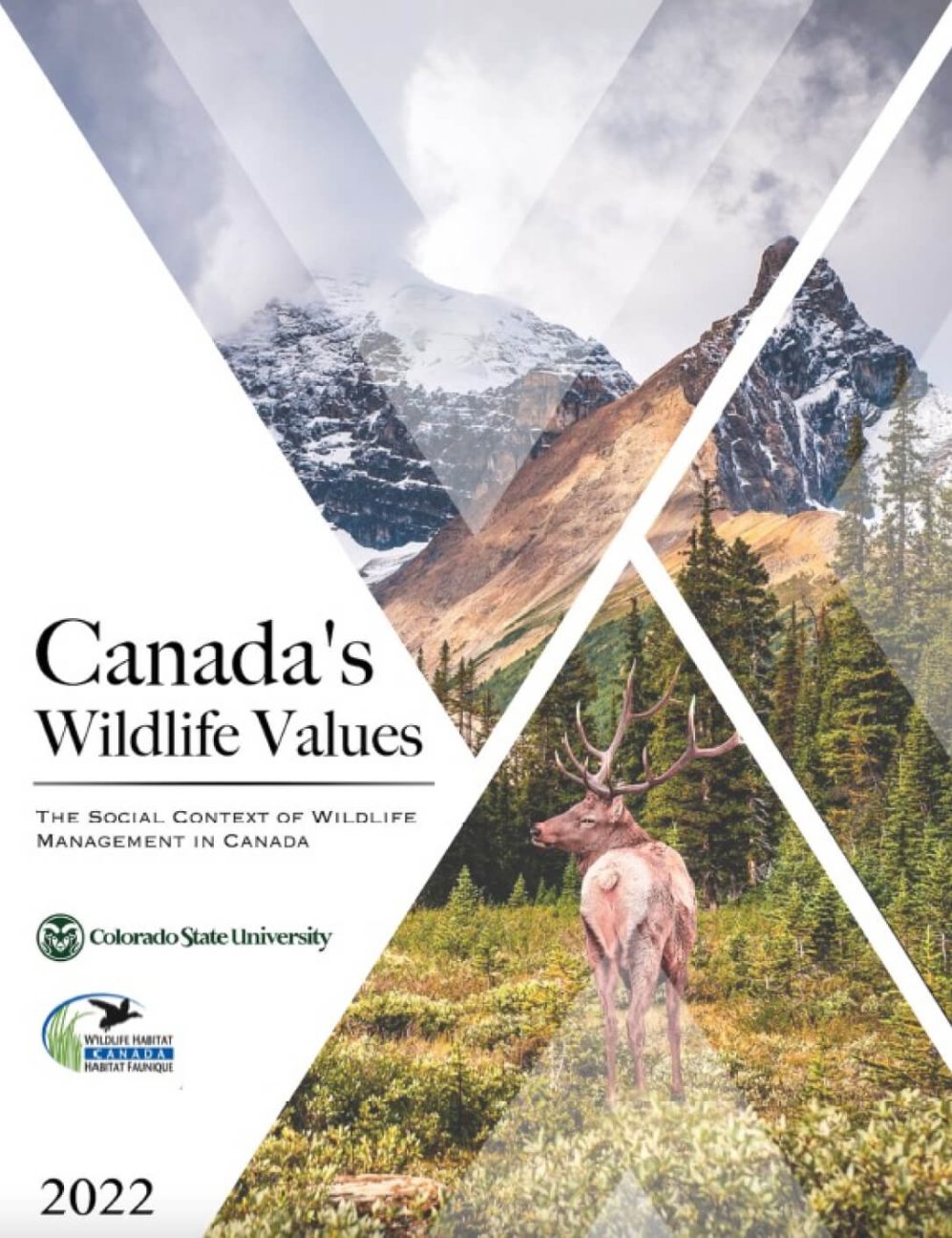
What’s Up at WHC
Newsletter
Stay current with WHC with our e-newsletter which includes the e-newsletter information on our grant programs and the funding we provide, news updates about our work, and more!
New issue coming soon!


